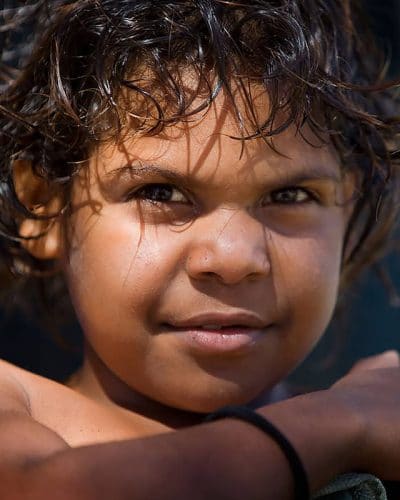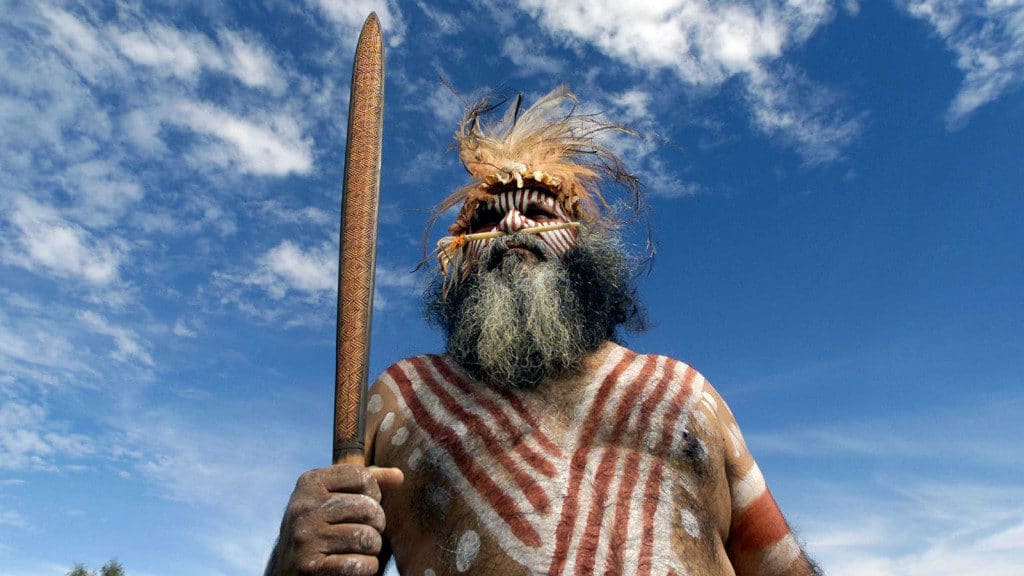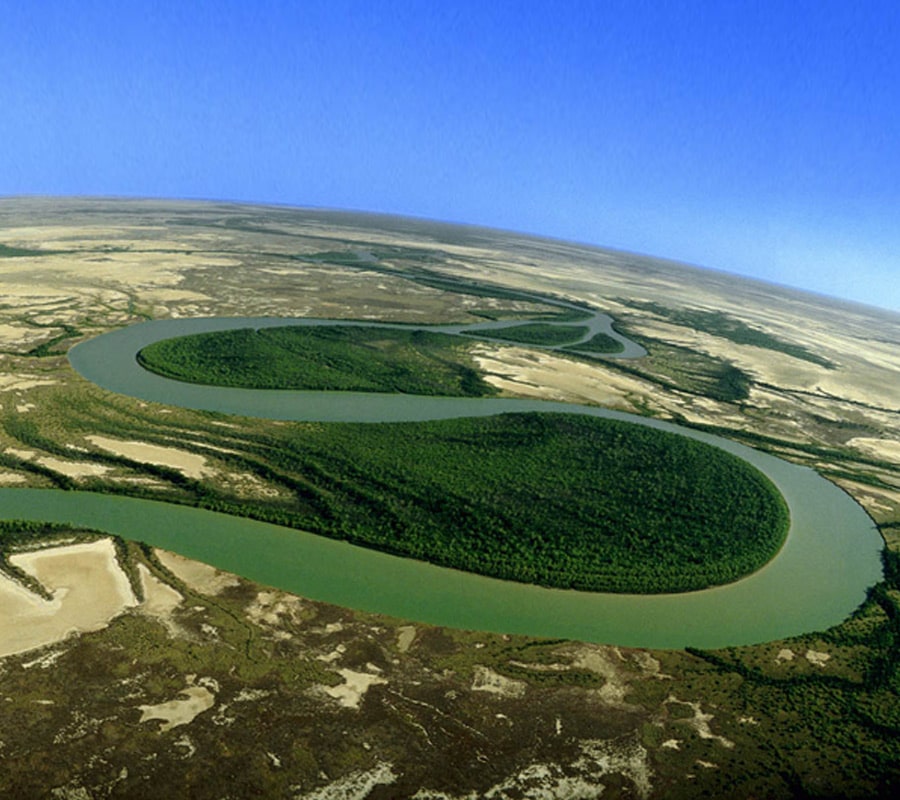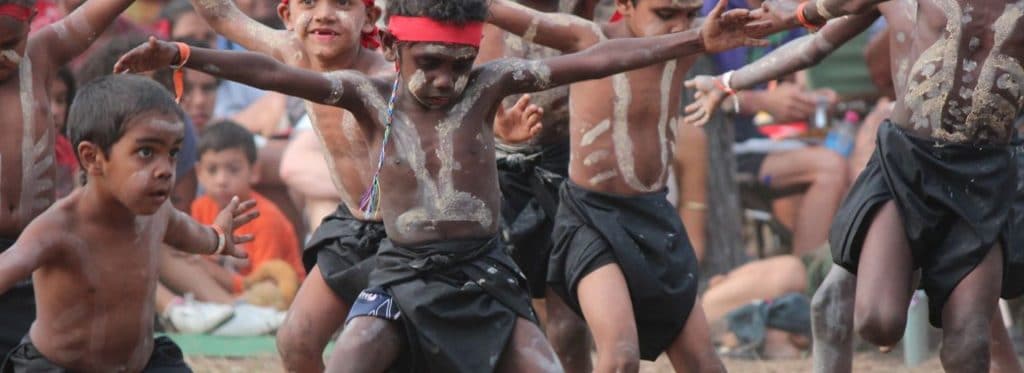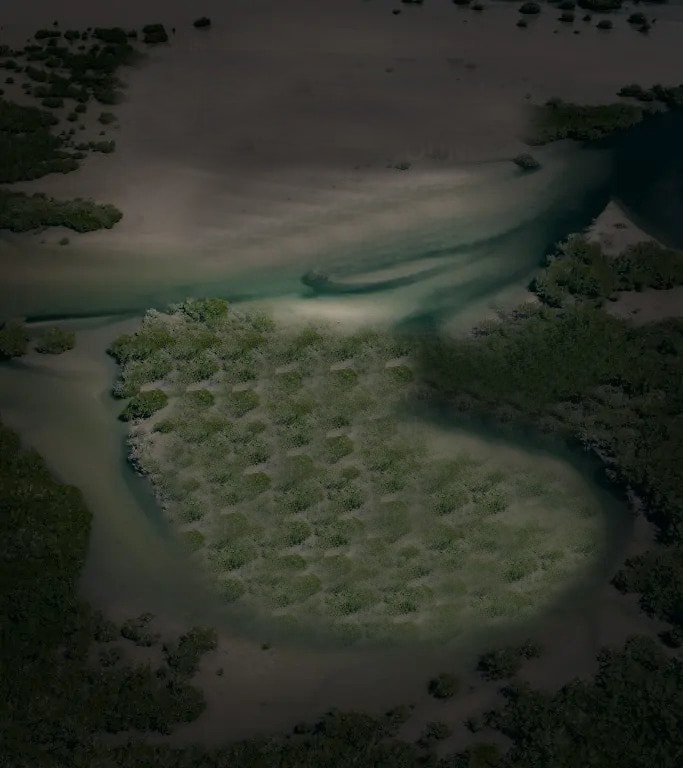The islands and surrounding seas are the traditional lands and waters of the Lardil, Yangkaal, Kaiadilt and Gangalidda peoples. They have successfully and sustainably managed their land and waters for millennia.
The region remains one of the most pristine anywhere; featuring internationally renowned art works, rich cultural heritage, harmonious multicultural (predominately indigenous Australian) communities and one of the best fishing destinations in Australia. The land is covered by native flora like teatree with swamp flats providing a habitat for many species of wildlife.
The Lardil, Kaiadilt, Yangkaal, and Gangalidda people manage a number of land and sea projects aimed at maintaining the unique natural environment and supporting future generations to live off the land.
